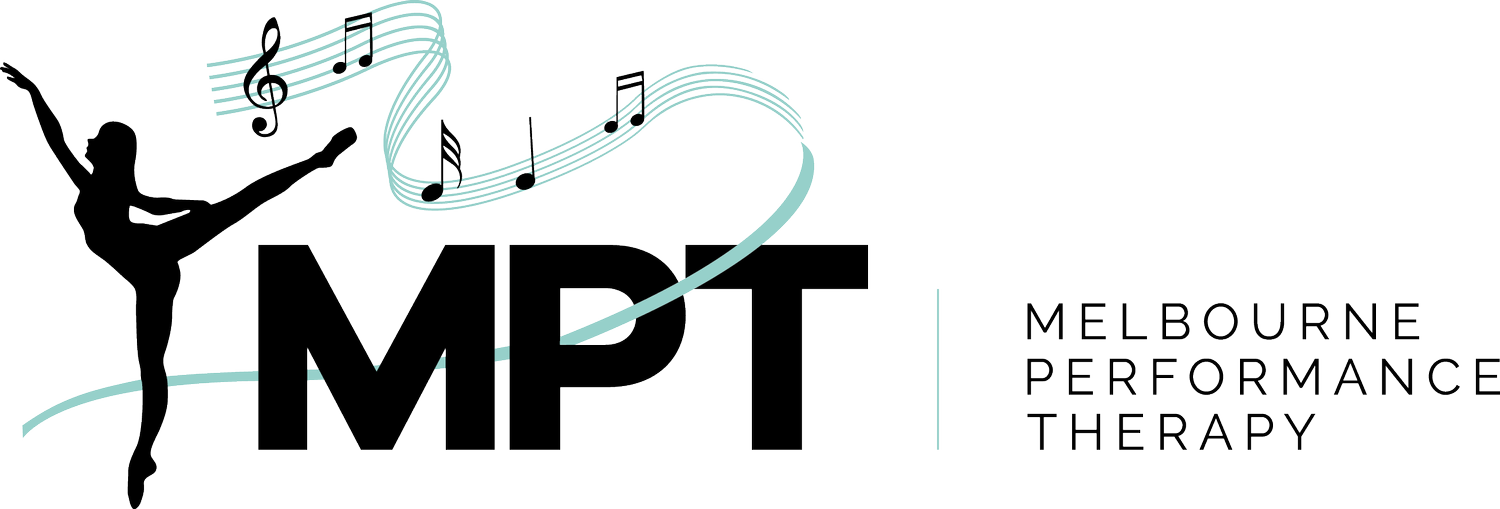When should you see a Myotherapist?
So you’re wondering whether you should see a Myotherapist? Let’s start by understanding what a ‘myo’ is…
Myotherapists or ‘Myos’ have a wide range of skills and services including manual therapy, exercise prescription, exercise guidance and supervision, education and support, physical assessments, injury assessment, pain management and more.
It can be a common misconception that Myotherapists are massage therapists, or that they only treat muscles. In fact, Myotherapists have a much broader range of skills and knowledge and can treat muscles, joints, soft tissues, nerves and lymphatic tissue.
Here are some common reasons why you might consider booking an appointment with a myo.
Pain or Injury
Pain or an injury can be anywhere from annoying, stress inducing to absolutely debilitating. When you are in it, you can often feel lost or frustrated that you can’t do what you normally do, but you don’t know how or when things will get better. It is common to think that pain will be ‘here forever’ and that you just need to live with it. But, a Myotherapist can safely and effectively assess you and your pain or injury, understand your story and provide specific treatment, advice and guidance to get you on track to feeling better.
Injury rehabilitation
After an injury your body has to go through a period of healing and recovery. Following an injury muscles can commonly become weak, short or inhibited, this can contribute to pain, poor movement and compensation through other areas of the body. A Myotherapist can provide guidance and support in exercise prescription and supervision to improve muscle strength following injury. Sometimes, you can even end up stronger than when you started!
Improve Posture
While there is no ‘perfect’ posture, having good postural awareness is important for a number of reasons. It can help reduce muscle and joint strain, decrease back and neck pain, avoid overuse disorders and compensatory patterns, decrease stiffness and poor mobility. While we all understand that sitting at a desk all day isn’t great and that we need to spend LESS time on our phones, the reality is that in today’s world it’s not always easy. Seeing a Myotherapist can help decrease pain and stiffness associated with poor posture AND help improve your posture through stretching and strengthening exercises, taping and lifestyle advice.
Self care and Maintenance
You can see your Myotherapist even if you don’t have any specific pain or injury. Perhaps you would like to take care of your physical health and wellbeing, then Myotherapy can help. Perhaps you just want to be able to do the things you enjoy and not be held back by annoying niggles or feeling stiff and tired. Myotherapy can help. Myotherapists can conduct a physical assessment and provide treatment, advice and care to help keep you feeling at your best.
Management of Chronic Disease
Chronic diseases and conditions can affect a vast number of Australians. Some chronic diseases are visible and others are not. Chronic diseases and conditions include (but are not limited to): Lower back pain, diabetes, osteoarthritis, asthma, cancer, depression, anxiety, gastro-intestinal disorders and many many more. Having a support team of health professionals around you can lessen the burden of chronic disease. A Myotherapist can help you manage your pain, improve your physical function and mobility, assist in maintaining physical activity, and provide support, guidance and advice.
So, why should you see a Myo?
Because they can help with a range of complaints and presentations. They treat MUCH more than muscles, they are not just fancy massage therapists. You can see a Myotherapist whether you are young or old, in pain or not in pain, an athlete, a performer, a truck driver, a butcher; a baker; or even a candlestick maker. Myotherapy is for every body.
Myotherapists are dedicated to helping you feel and move at your best.


